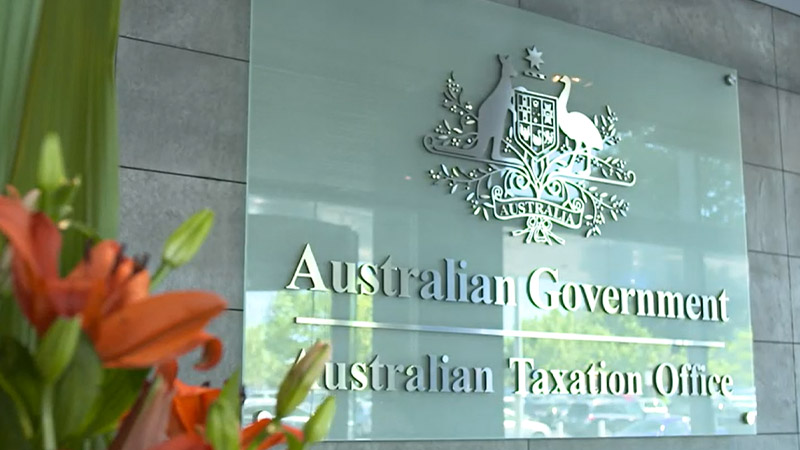ATO reveals simpler work-from-home deduction method
The Australian Taxation Office has revealed a new simplified method to deductions for working-from-home expenses in response to the COVID-19 outbreak, leading one SMSF administrator to “commend” the regulator for its approach.
The ATO said it will accept an alternative shortcut method of calculating additional work-from-home expenses for the period starting 1 March 2020 until at least 30 June 2020, of which the period may be extended depending on when work patterns return to normal.
Under this method, individuals can claim deduction of 80 cents for each hour they work from home due to COVID-19 as long as they are:
- working from home to fulfill their employment duties and not just carrying out minimal tasks such as occasionally checking emails or taking calls.
- incurring additional deductible running expenses as a result of working from home.
SMSF Alliance practice principal David Busoli said an individual does not have to have a separate or dedicated area of their home set aside for working, such as a private study.
Further, he said the shortcut method rate covers all deductible running expenses, including:
- electricity for lighting, cooling or heating and running electronic items used for work (for example, your computer), and gas heating expenses
- the decline in value and repair of capital items, such as home office furniture and furnishings
- cleaning expenses
- your phone costs, including the decline in value of the handset
- your internet costs
- computer consumables, such as printer ink
- stationery
- the decline in value of a computer, laptop or similar device
“You do not have to incur all of these expenses, but you must have incurred additional expenses in some of those categories as a result of working from home due to COVID-19.”
Mr Busoli said the ATO is “to be commended for this initiative”.
However, he warned individuals using the shortcut method to claim a deduction for their additional running expenses that they cannot claim a further deduction using any other method.
“You must keep a record of the number of hours you have worked from home as a result of COVID-19. Examples are timesheets, diary notes or rosters,” Mr Busoli said.
“Under the shortcut method, you only need to keep a record of the hours you worked at home. If you use the other methods, you must also keep a record of the number of hours you worked from home along with records of your expenses.”
Normal requirements for work-from-home expenses
Mr Busoli also highlighted the normal requirements for individuals to meet in order to claim a deduction for working from home. He said all of the following must apply:
- the individual must have spent the money
- the expense must be directly related to earning their income
- the individual must have a record to prove it
- the expense has not been reimbursed
If an individual is not reimbursed but receive an employer allowance to cover these expenses, Mr Busoli said they:
- must include the allowance as income in their tax return
- can claim a deduction for additional running expenses such as:
- full cost of items up to $300
- decline in value for items over $300
- electricity expenses associated with heating, cooling and lighting the area from which they are working and running items they are using for work
- cleaning costs for a dedicated work area
- phone and internet expenses
- computer consumables (for example, printer paper and ink) and stationery
- home office equipment, including computers, printers, phones, furniture and furnishings; they can claim either the:
According to Mr Busoli, expenses individuals can’t claim are:
- occupancy expenses such as mortgage interest, rent and rates
- the cost of coffee, tea, milk and other general household items their employer may otherwise have provided them with at work
Mr Busoli said that, ordinarily, this overall methodology may be applied by using either of the following:
- actual cost method ─ claiming the actual work-related portion of all your running expenses, calculated on a reasonable basis
- fixed rate method ─ claiming all of:
- a rate of 52 cents per work hour for heating, cooling, lighting, cleaning and the decline in value of office furniture
- the work-related portion of your actual costs of phone and internet expenses, computer consumables, stationery
- the work-related portion of the decline in value of a computer, laptop or similar device

Adrian Flores
Adrian Flores is the deputy editor of SMSF Adviser. Before that, he was the features editor for ifa (Independent Financial Adviser), InvestorDaily, Risk Adviser, Fintech Business and Adviser Innovation.
You can email Adrian at [email protected].








